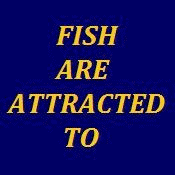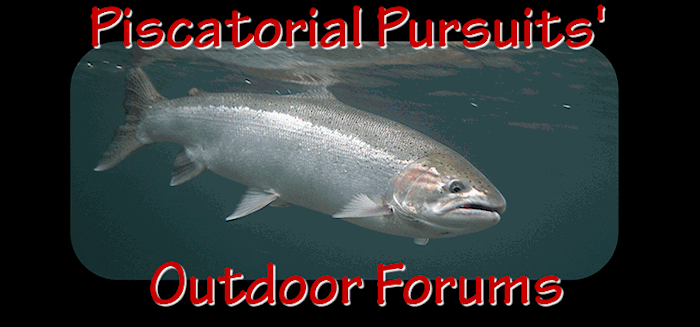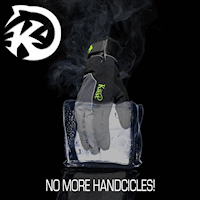Lucky Louie -
I don't think anyone is saying that over harvest has not been a problem or that it continues to be a problem for many stocks. However the fact remains in the majority of the cases habitat problems over shadow the harvest impacts.
There are far to many examples of where harvest rates have been greatly reduced without seeing much in a positive response in population numbers.
There are a number of anadromous populations which currently fit most folks definition of not being over fished. Just one example that many here would be familar with would be Puget Sound wild summer steelhead. Virtually no commercial impacts and recreational fishery has been wild steehead release for 25 years.
Regarding what might happen if habitat issues were addressed. Most estimates that I have seen is that the productiivity and capacity of most of our rivers and the fish stocks they support are only 10 to 20% (range from near 0 to maybe 50%) of what they historically were. Clearly there is ample room for improvement. For the Skykomish summer Chinook it was estimated that under current conditions MSY escapement levels would be in the area of 6,000 adults with a potential associated harvest of 3,000 to 4,000 fish. If the habitat was restored to what has been callled properly functioning conditions (rouoghly 80% of the historic conditions) MSY escapement levels would go up to apporx. 20,000 spawners and a harvest in the 60,000 range. BTW - if all fishing impacts on that stock were end it would be expected that the population would stablize at something less than 20,000 with no current or future harvest.
I think the above example illustrates Rivrguy's point and shows what has been lost due to habitat losses.
Slab Happy -
Out of the mouth of babes!
Actually a great question which shows why we have such problems in the salmon world. To the public in general the issue seems to be that a salmon continues to be salmon. For most the salmon on our grills come from stocks that are not ESA listed (hatchery fish or from stocks not listed). A lot more education is needed about that salmon (wild versus hatchrey, ESA listed versus non-listed, etc) is more than a generic term; a Chinook is not a pink. Heck even hard core anglers sometimes wrestle with these issues. Without that education it will be tough to get folks to buy into the need to protect wild salmon or to put folks in a position to make informed decisions regarding the future fate of the resource that we all care so much about.
Tight lines
Curt













 Previous Topic
Previous Topic Index
Index


